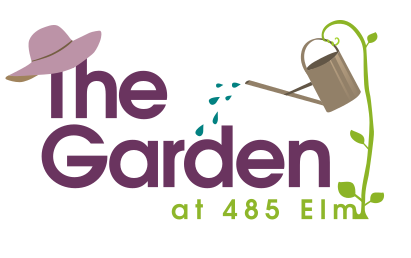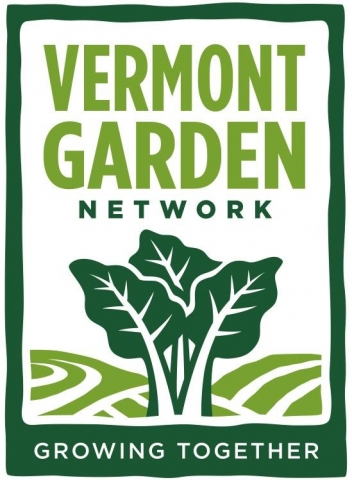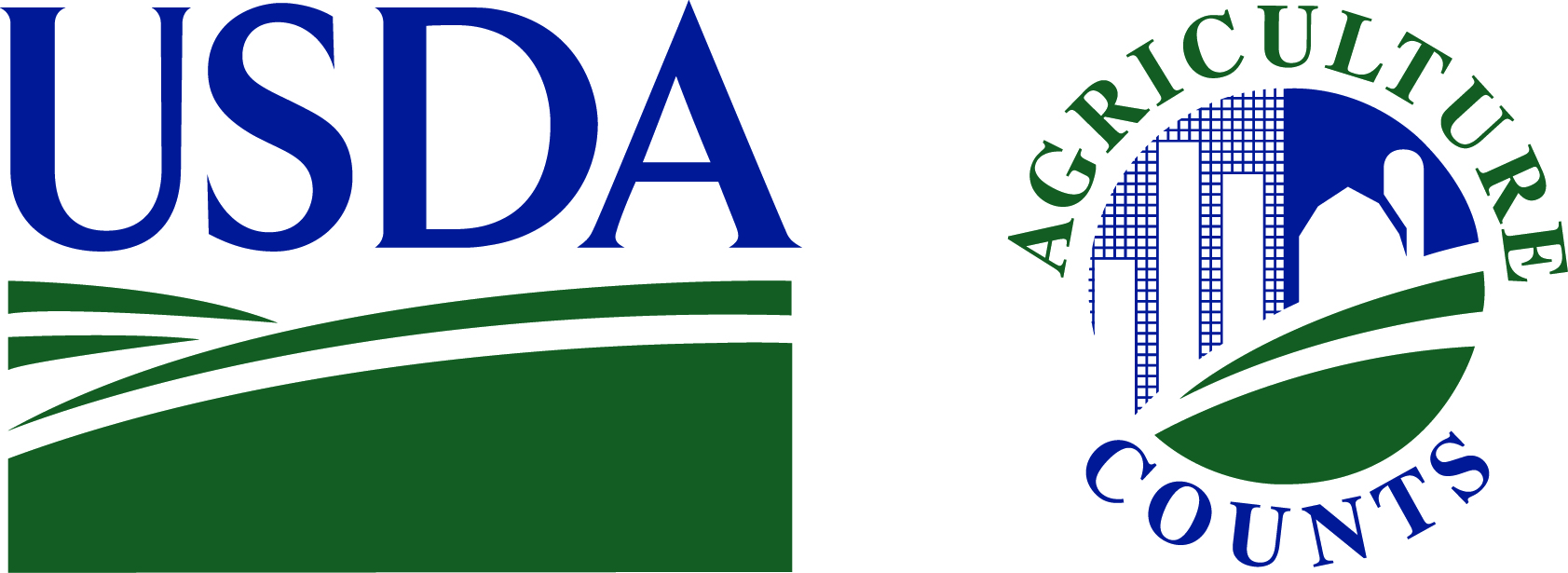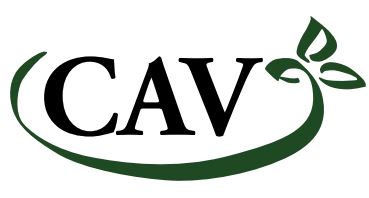While we directly sow many seeds in the garden, our allium seedlings come from beautiful Cate Farm. We pick them up and plant them as early as possible to give onions and shallots time to grow. Onion seedlings are hardy and do fine in nighttime temperatures as low as 20℉.
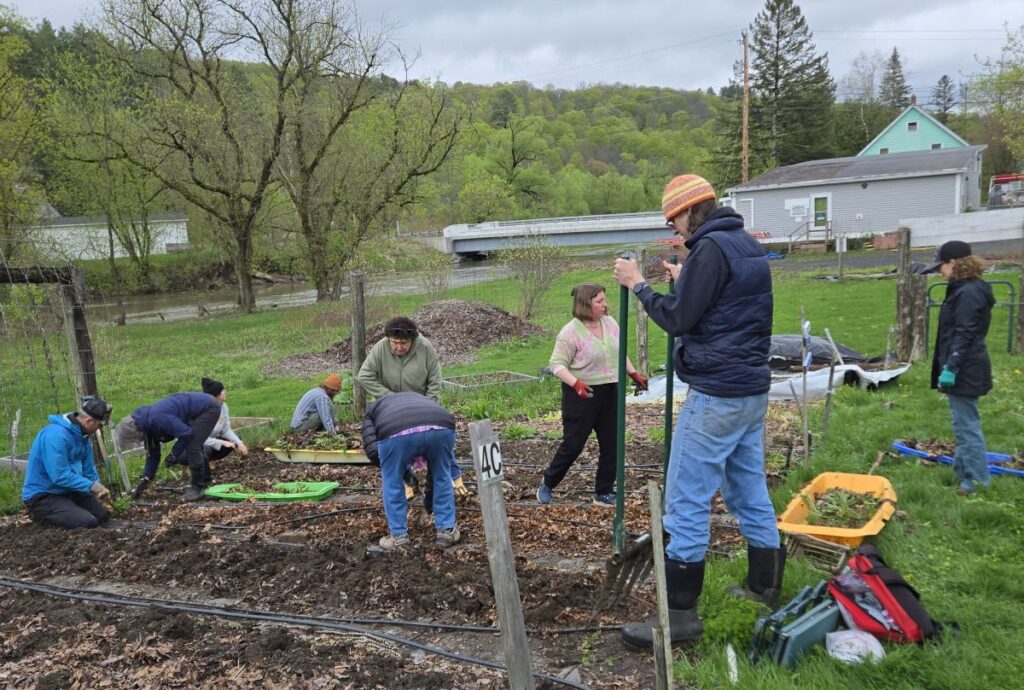
Gardeners weed and loosen soil for growing alliums and flowers too. The garden has three rows dedicated to flowers that gardeners can pick and take home. Flowers planted elsewhere in the garden will maximize companion planting for mutually beneficial crop health.
Onions require loose, friable soil. On the right side of the row, a gardener wields the deep spader, also known as a broadfork. This heavy tool loosens the soil without disturbing the soil structure. When this garden began in 2014, we tilled the soil. Why don’t we till anymore, and rarely turn over soil with shovels? A key part of soil nutrition is the microbes that live in the soil, and retaining soil structure by not vigorously turning it over supports the life of those microbes. Human survival depends on the tiniest organisms.
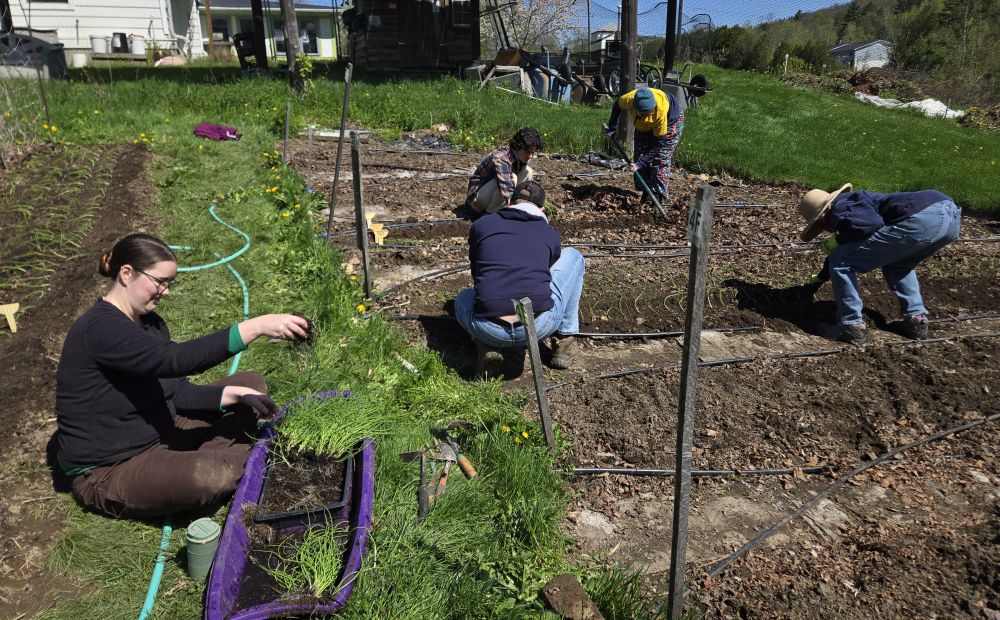
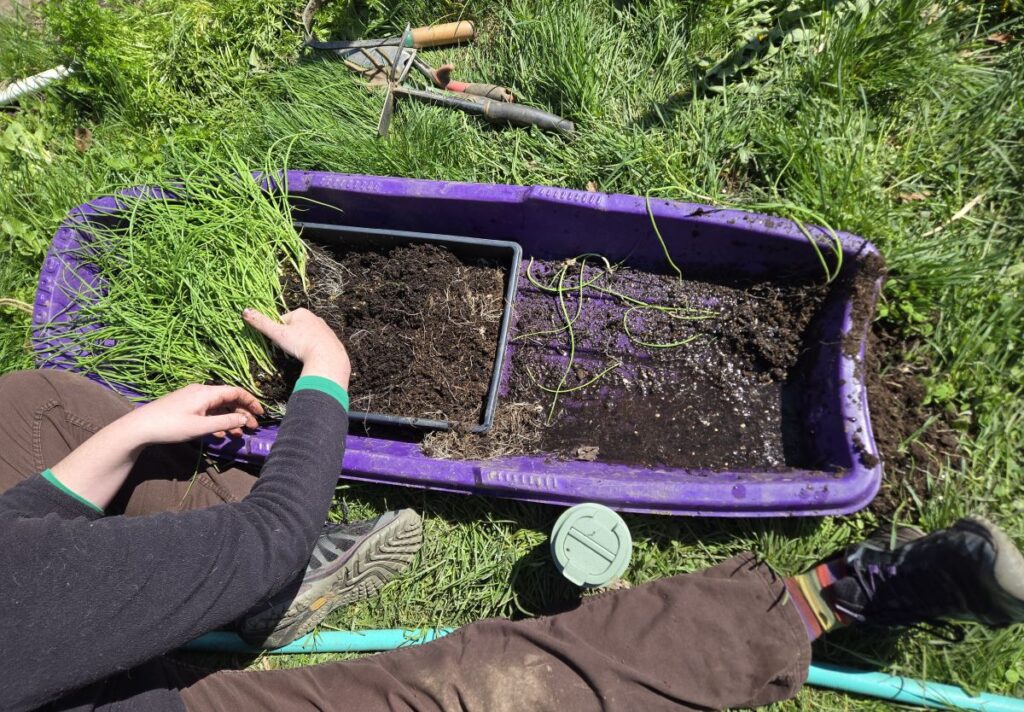
Part of prepping to plant alliums is to carefully separate the seedlings into individual plants without tearing the roots.
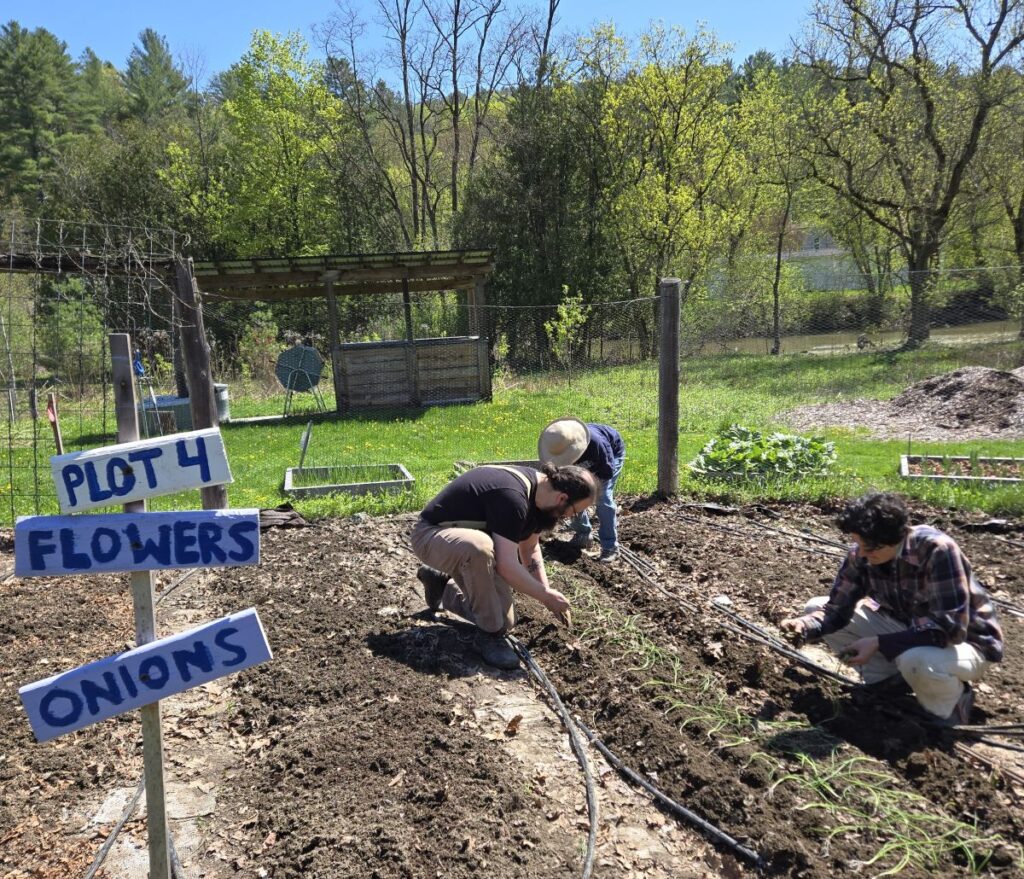
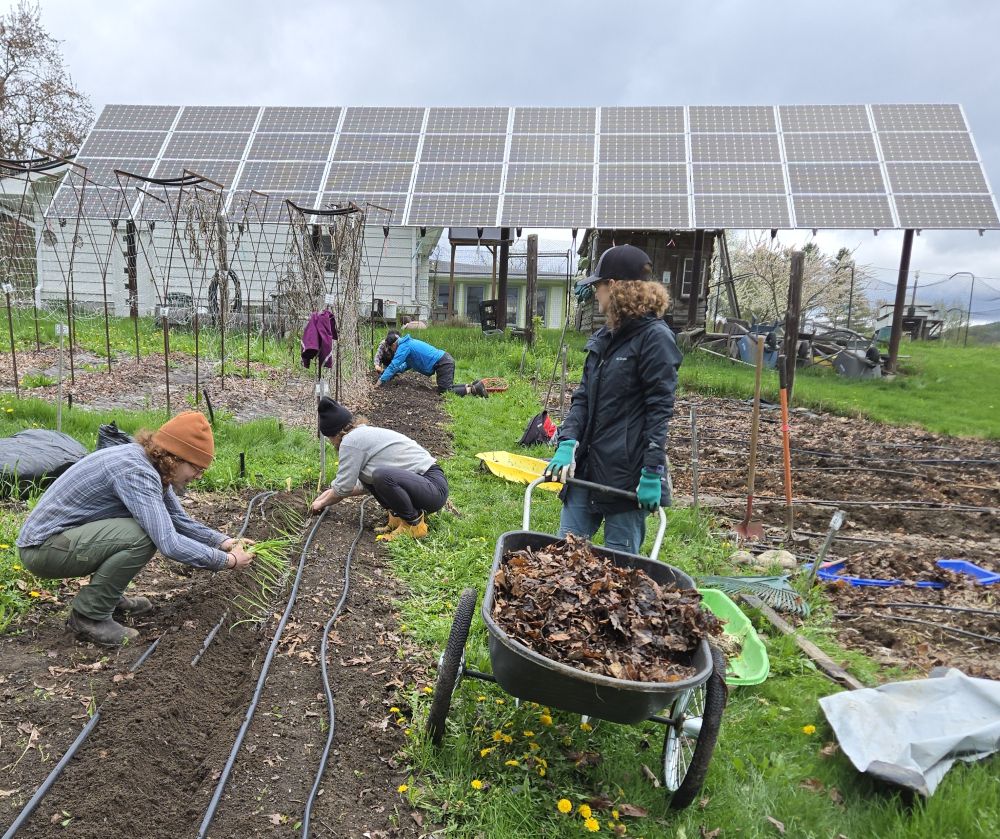
All the alliums are in the same part of the garden this season. We have yellow onion, red onion, and shallot seedlings. Gardeners fit more seedlings in a smaller area thanks to an e-newsletter from our longtime mothership, the Vermont Garden Network, which included a video about transplanting allium seedlings from Red Wagon Plants in Hinesburg, Vermont.
The shallots grow large and delicious here, and grown economically, there’s no reason to reserve them for use in tiny amounts in special dishes. We use them just like onions, and yum!
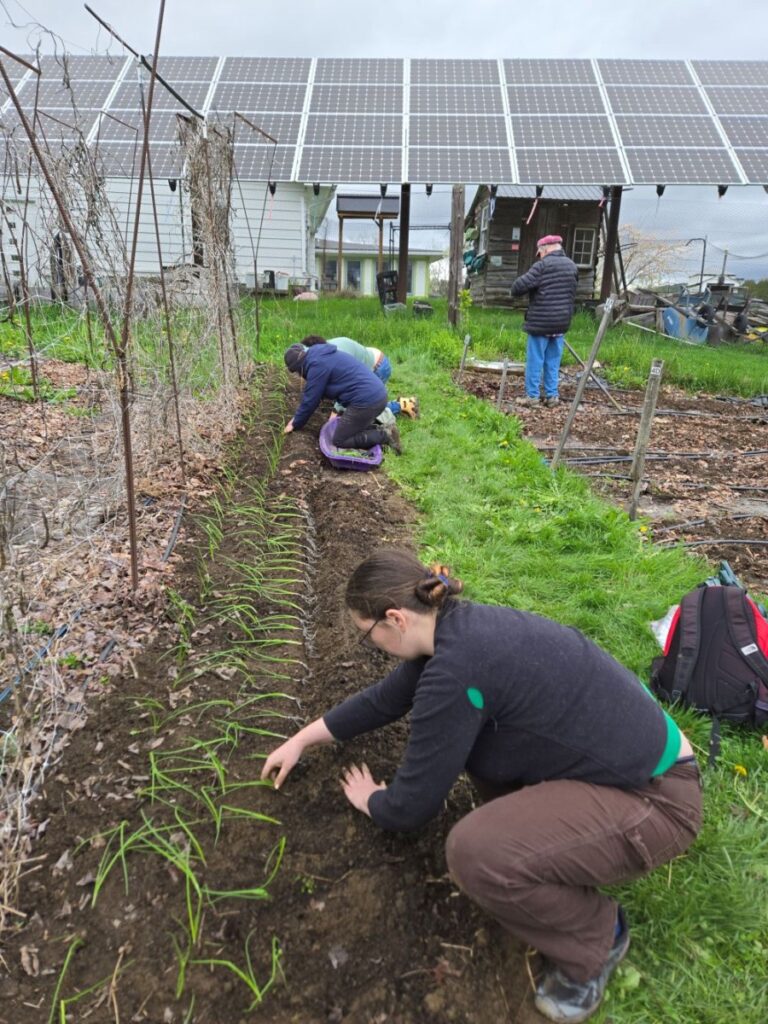

The trellis beside our yellow onion row hosted pole beans we planted two years ago. Last season, they came back as volunteer pole beans, hardier and more delicious than ever. The old dried-up vines dropped a couple seeds, which we moved away from the onion seedlings. The bounty continues.
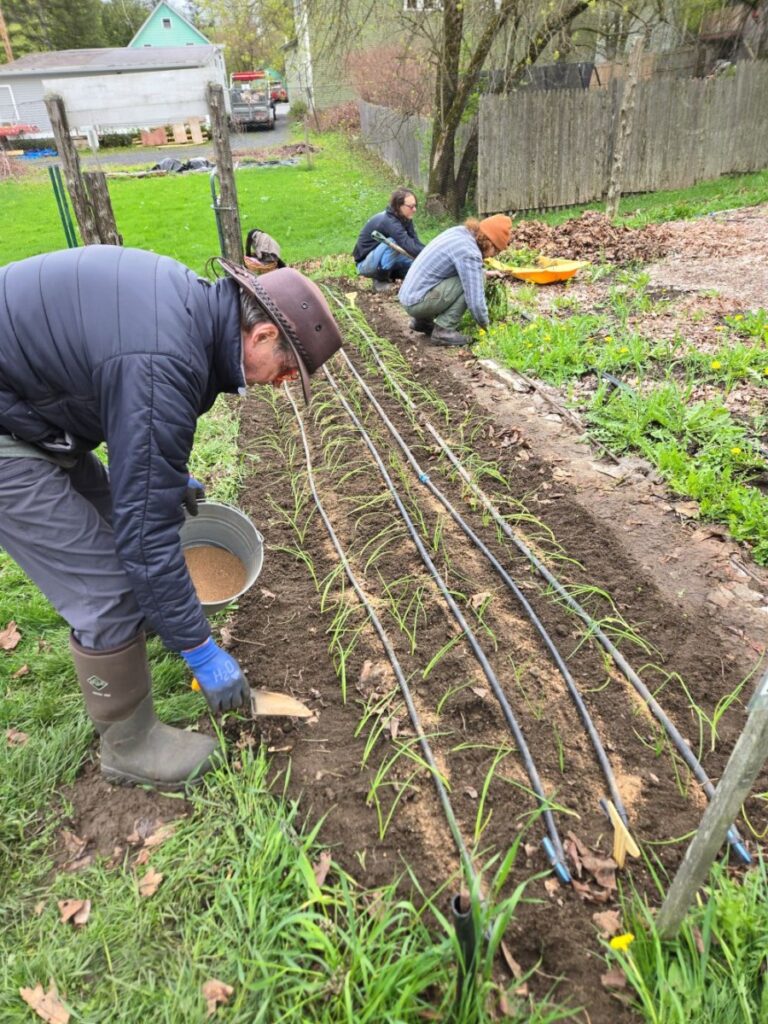
Spreading peanut meal nourishes the soil for crops that love higher nitrogen content. When we were buying allium seedlings at Cate Farm, we ran into Nicko, proprietor of East Hill Tree Farm, the source of many of our berry bushes and soil amendments. We got chatting about soil health and crop success. The next paragraph is the result of our discussion.
Why peanut meal and not compost? We’ve added so much compost to this garden. We make our own from Compostville and the garden-waste windrow and buy it from Vermont Compost. Compost is full of nutrition! Of the N-P-K (nitrogen, phosphorus, potassium) balance gardeners talk about, the soil here tests high in P and K, lower in N. Leafy plants need nitrogen-rich soil, and many of them are high nitrogen feeders. So we add some back.
